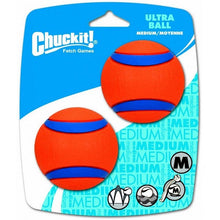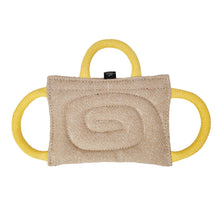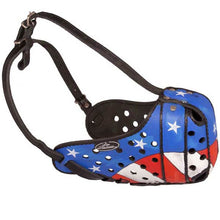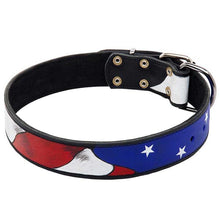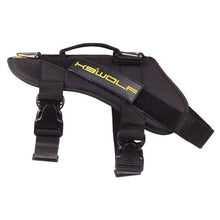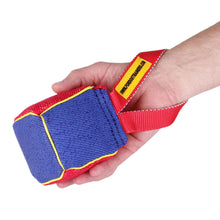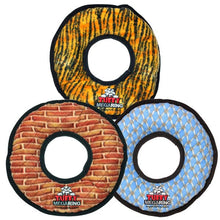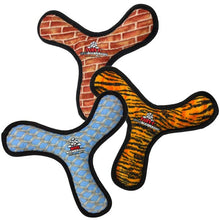What Are Old Fashioned German Shepherds?
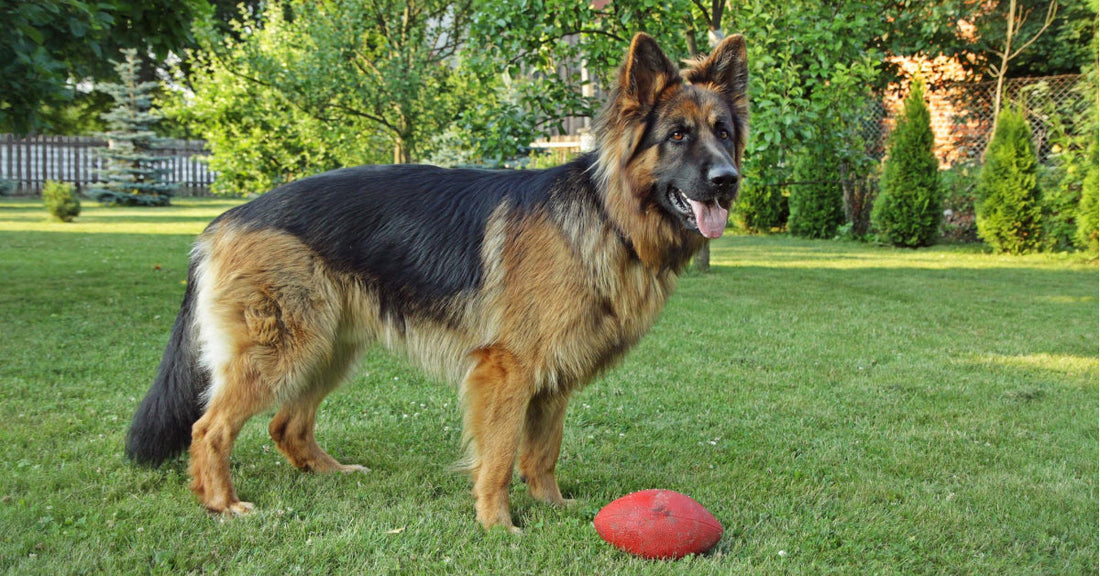
"Old Fashioned German Shepherd Puppies for Sale." What does that mean? What is an "Old Fashioned" German Shepherd Dog, and what differentiates them from regular German Shepherds?
Typically, when you see those ads or people who post a photo of their "Old Fashioned" German Shepherd, you see a very large dog with a plush or long coat. They're also advertised to have "Straight Backs" and not the sloping back that is "the cause of hip dysplasia." They're also noted to not have as much drive as modern dogs who are hard to handle because they require consistent training. But are these what "Old Fashioned" German Shepherd Dogs actually looked like and what they were?

The short answer is…No. German Shepherd Dogs are not large dogs but a medium-large breed. A 150lb "Old Fashioned" dog will collapse after an hour of working sheep. If anything, a 90lb German Shepherd is about the biggest true herding dog you'll find. Fat and muscle make heat and lactic acid during exercise. Lactic acid is what causes the burning sensation in your muscles when you exercise or walk to the opposite side of the mall.
They're also almost always plush or long-coated. Long coated dogs with an undercoat were recently accepted into the FCI as not being a fault. I think long-coated dogs are handsome, but I'm very sad that it's no longer a fault. Why may you ask? Because you used to be able to buy and import long-coated dogs for 2/3rds the price of a stock coated dog! Great savings and a cool hairdo are unbeatable. But jokes aside, how can something that was a fault until recently be old-fashioned? And don't forget, these are big, bulky-built dogs... and they have long hair to boot. Imagine that dog herding sheep all day in the summer like old-fashioned working people needed their old-fashioned working dog to do. They simply wouldn't be able to.

"Straight backed." The breed standard, in every country, says the back should be straight and slightly sloped. A lot of people confuse slope with straight. A ruler is straight. If you tilt a ruler, it's still straight, it's just slightly sloped now. That's what a German Shepherd Dog's back is supposed to be. Straight and slightly sloping. Do some breeders, breed clubs and lines overdo the "slight" in slightly sloping? Absolutely. But does slope affect hips? No, it doesn't. Do you know what does affect hips? Buying puppies from breeders who don't have passing hip scores on both parents of your puppy, which a lot of "Old Fashioned" German Shepherd breeders do not because they think the straight back is keeping them safe... or because it costs money, and they got into this to make money, not spend it to make sure they don't sell you a puppy with a condition that causes pain, discomfort, and may cost you many thousands of dollars in surgery and therapy.
These are Old Fashioned German Shepherd dogs; they aren't hyper like these new dogs they're breeding to compete in Schutzhund. That isn't how they're supposed to be, all amped up and needing a lot of training. They're supposed to be family dogs. German Shepherds were created with one goal in mind; to be the best, most versatile working dogs the planet had ever seen. They were smart, loyal, motivated, and loving, and that made them great family dogs... but that isn't their job. That's the job of dogs in the Toy and Non-Sporting group. German Shepherd Dogs are classified in the working or herding group in every registry. Their job is to work, and working dogs must have drive, and dogs with drive require training or they'll drive you absolutely nuts.

If you want a German Shepherd Dog with no drive, you don't want a German Shepherd Dog. You want a dog who looks like a German Shepherd Dog but behaves like a stuffed animal or lawn ornament. The erect ears aren't what make German Shepherds who they are, it's the drive that does. If you step up to the challenge and harness that drive, you will have a dog that will do anything for you. Finding mines and IEDs, running communications wire across No Man's Land in the trenches in WW1, fighting bad guys in the dark in crawl spaces, etc. How many dogs besides a well-bred German Shepherd will do that for you? Forget dogs, how many people would do that for you? Real Old Fashioned German Shepherds had drive and a lot of it.
Lastly, size, were Old Fashioned German Shepherds big, 120-150lb dogs? Well, we talked about that a bit earlier, so you know the answer is no. But how big were they? Much to everyone's disappointment, they were pretty small. Much smaller than today's dogs. Slighter build and shorter, much thinner.

Why did I say, "much to everyone's disappointment," you ask? Well, because even the founder of the breed, Max von Stephanitz wanted them to be just a little bigger! The average male back then was anywhere from 65-75lbs, and the average female was in the high 40lb-55lb range. So, while real old-fashioned GSDs were pretty small, the founder of the breed did want bigger dogs. Did he want 120+ pound dogs? No, but he did want females in the 60-70lb range and males in the 75-90lb range. Why did he want bigger dogs that would make them a little less suitable for running all day and herding sheep? I think the answer lies in the fact that herding in the early 1900s was the way of the past. Horses became cars, German Shepherds were being swapped out for fences, and Newspapers for radios. He could probably sense that a shift from German Shepherds being mostly herding dogs, to them being police and military dogs was coming. He had great foresight because not many of us have 40 acres of pasture and a flock of sheep. But if you do, post pictures in the comments because that's pretty awesome!
In conclusion, Old Fashioned GSDs, as they're marketed, are just about the opposite of real German Shepherd Dogs from the early period. If you have a large, long-haired, laid-back dog, that's great! Especially if you're happy and they're happy. But are they old-fashioned? Not at all. They're the newest member of the family, in fact.
You might also like: The History Of The German Shepherd





